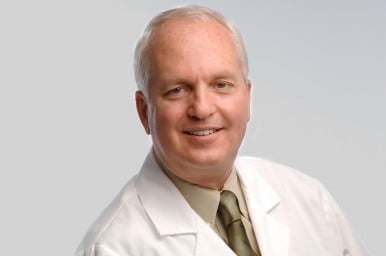General Dentists and Orthodontics
by 6monthsmiles, on 4/15/15 7:30 AM
 By Dr. Tony Feck, Six Month Smiles Clinical Director
By Dr. Tony Feck, Six Month Smiles Clinical Director
Six Month Smiles® education is in large part designed to take the mystery out of moving teeth. This is not meant to trivialize the discipline of orthodontics, but rather “demystify” the process so that general dentists are more capable of helping more adult patients achieve the smile they want.
Simply stated, active tooth movement is the result of forces being applied to the tooth. Teeth will move to eliminate or equalize these forces. Because we can control these forces, we can predictably control where the teeth go. With comprehensive orthodontics, there are fairly well-defined objectives that guides where the teeth should end up. However, with short-term orthodontics like Six Month Smiles®, the objectives are more subjective.
With Six Month Smiles® cases, the goal is to correct the patient’s chief cosmetic complaint in nine months or less. Very few people complain about the alignment of the teeth that don’t show when they smile (or their bite relationship), so Six Month Smiles is focused on the position of the anterior teeth. How these teeth are positioned is in part up to the patient and the dentist. While there are industry-accepted standards for what constitutes a good cosmetic appearance, given the subjectivity of beauty, combined with the short treatment time associated with short-term orthodontics, there is a wide range of acceptable outcomes from Six Month Smiles treatment.
The wide variety of outcomes were on display at one of our recent Six Month Smiles Advanced Level Reunions in Boston. Some very brave Six Month Smiles providers – turned educators, presented close-up images of their work before their peers. Not only were there differing approaches to moving teeth, there was a wide variety of finish points. We saw completed cases with one or more of the following: midline deficiencies, posterior cross-bites, Angle class two or three Angle relationships, spaces, and a whole lot of imperfect root positions.
There was one thing that all of the cases presented had in common, aside from the use of Six Month Smiles systems, and that was that the patient was pleased with the outcome of treatment. And that is the biggest part of the definition of success when it comes to Six Month Smiles treatment.
If we accept this premise – that our number one objective is a patient happy with a stable result, then treatment planning as well as knowing when we are finished is a lot less mysterious. As I talk to Six Month Smiles providers in person, or via the Six Month Smiles Forum about proceeding with and finishing a case, I often have to remind myself as well as them that perfection is rarely the goal, and often has little to do with a successful outcome.





